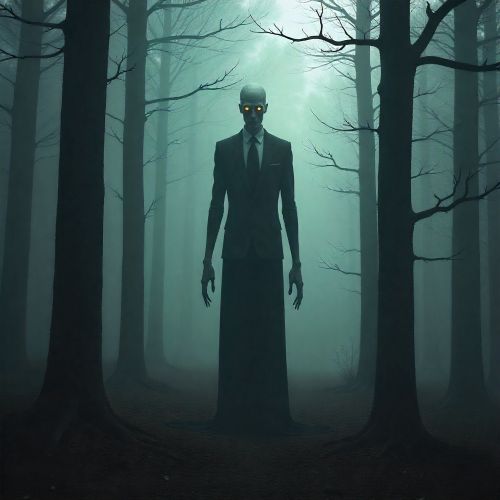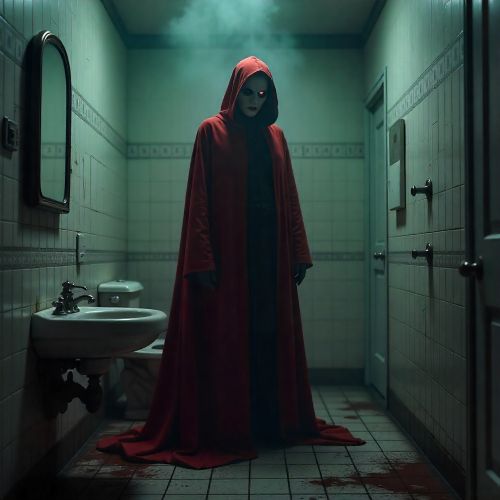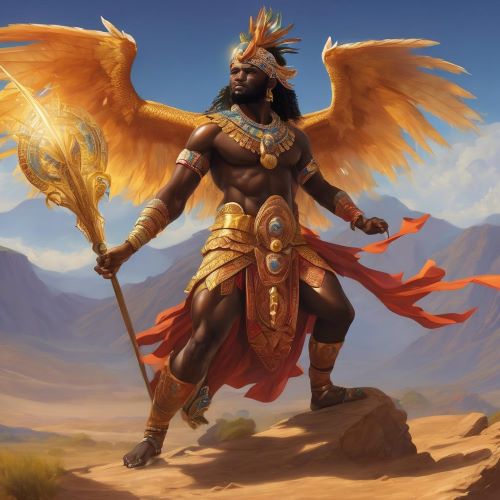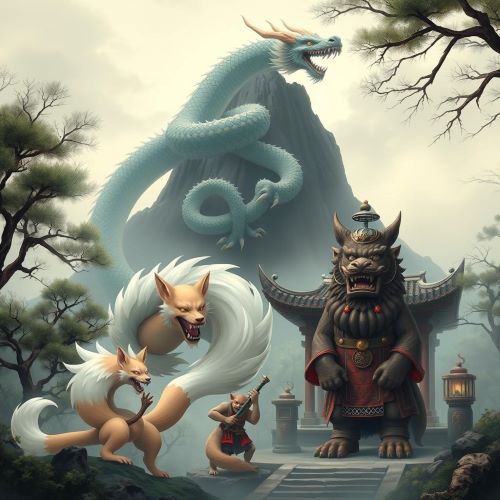The Role of Mythical Creatures in Folklore Education
Dragons circling stone ramparts and nimble sprites hiding beneath ivy have long stirred human thought. Inside present-day classrooms, these fantastic beings offer much more than simple diversion. They unlock lessons in culture, history, belief, and disciplined reasoning. When instructors announce legend projects, a few learners seek online assistance from paper writers to organize scattered notes, hoping to meet tight deadlines. Genuine discovery begins once pupils examine oral lore and ancient manuscripts firsthand, tracing how each creature mirrors local hopes and fears. Because anchors belong near the start, this reference link appears here, preserving tidy structure and meeting stated formatting rules. As study sessions continue, the class encounters mythic figures from every continent, compares them with modern fantasy beasts, and investigates why such images still resonate. That shared expedition forms the sturdy spine for the coursework explored in the following sections, guiding readers through complex ideas without losing youthful curiosity.
Why Folklore Uses Mythical Creatures
Folklore springs from a community’s need to explain mysteries, reinforce values, and shape group identity. Across generations, storytellers relied on striking creatures to seize attention and embed meaning. A radiant phoenix represents renewal after hardship, while the sly kitsune warns listeners about charming deceit. Bringing these figures into discussion allows students to see that lessons whispered beside campfires hold steady in contemporary life. Instructors might invite learners to link unicorns with honor, griffins with courage, and graceful water spirits with care for nature. Visual pairings fix abstract ideas firmly in memory long after dismissal bells fade. Since many myths survived through speech, examining detailed changes over decades prompts conversations about memory, bias, and regional flavor. Put plainly, dazzling beasts serve as vivid instructors, turning weighty concepts into clear, relatable insights for young minds.
Teaching Cultural Values Through Mythological Animals
Every society shapes its stories around landscape, livelihood, and collective belief, creating creatures that echo daily realities. By spotlighting regional beasts, teachers highlight how surroundings influence creativity and ethical guidance alike. The Inuit describe the Qalupalik, lurking under frozen waves to keep youngsters from fragile ice. Across West Africa, clever Anansi prizes wit above sheer force, teaching that sharp thinking conquers brute power. Comparing such narratives reveals shared survival tactics and social codes hidden inside legend. A lively classroom exercise maps each creature’s homeland on a broad canvas, labeling virtues it promotes. Tracing wolves cast as villains in one region yet honored guardians in another sparks thoughtful debate about viewpoint. Through respectful exchange, learners develop empathy and curiosity, both essential for responsible global citizenship.
Comparing Types of Mythical Creatures Across Regions
After grasping local lore, students advance to side-by-side comparisons that uncover repeating patterns across distant cultures. Simple charts or large Venn diagrams organize observations while keeping tales intact. Consider aquatic spirits: Greek sirens, Japanese kappa, and Scottish kelpie inhabit unique climates yet share warnings about reckless behavior near water. Flying creatures offer another lens; Chinese dragons bring prosperity and rain, whereas European dragons guard treasure and breathe flame. Recording likenesses and differences honed classification skills similar to early scientific practice. Groups might select five beings, arranging them by habitat, moral theme, or notable behavior. This structured process shifts relaxed storytelling into disciplined analysis, strengthening reading comprehension and logical reasoning together. Exposure to these parallels also introduces comparative mythology, a field some pupils may pursue in future studies.
Using a List of Mythical Creatures in Classroom Activities
Educators often seek concrete tools; a detailed creature list printed on sturdy cards delivers flexibility during lessons. Each card presents an image, place of origin, and defining trait, letting groups improvise skits that reveal original narrative roles. Laughter erupts when a tiny brownie must share stage space with a looming cyclops during a spontaneous performance. Because cards travel easily, teachers can arrange scavenger hunts or gallery walks that pair movement with focused learning. A spirited draft game lets teams select protectors, arguing which legend best shields its people, reinforcing persuasive speaking skills. Differentiation remains simple: advanced readers tackle obscure figures, emerging readers explore widely known dragons or mermaids. Converting content into play shifts rote memorization toward active exploration, pressing details into long-term memory through joyful experience.
Storytelling Techniques With Fantasy Animals
Storytelling drives folklore, and fantasy animals supply the heartbeat for memorable narratives. Teachers can project an illustration of a chimera or thunderbird, then prompt learners to list textures, sounds, and colors observed. Students craft compact tales following classic arcs of introduction, rising tension, climax, and resolution, keeping sentences crisp and ideas coherent. Adding fabric wings or simple masks turns the room into a miniature theater, boosting confidence among shy voices. Recording performances on tablets allows later peer feedback sessions, where classmates praise strong moments and note areas for improvement. Reflection identifies which creature details steered plot direction and which elements emerged from individual imagination. Through this cycle, fantasy animals become sturdy scaffolds supporting vivid, organized storytelling. Repeated encore requests showcase heightened engagement and pride in creative growth.
Critical Thinking Through Mythical Beasts and Legends
Folklore study sharpens the intellect when tales present clashing images of the same creature. Dragons appear as wise guides within certain traditions, yet threatening forces elsewhere. Learners examine dates, authors, and societal contexts, determining why portrayals shift across time and place. Is the storyteller’s land agrarian or heavily fortified? Does the era fear invasion or hunger for rainfall? Breaking such questions into research steps mirrors historical methods for primary evidence. A spirited myth-buster debate encourages teams to gather proof from art, texts, and scientific theories before defending conclusions on mythical existence. During discussion, students separate fact from opinion, uncover faulty logic, and respect differing viewpoints. Rigorous inquiry applied to imaginative material shows critical thinking thrives in every academic corner, blending delight with discipline.
Creative Projects Featuring Mystical Creatures
Art assignments allow learners to transform abstract lessons into tangible work, using mystical beings as fertile muses. One engaging task involves designing a field guide page for an invented creature, complete with sketches, habitat notes, feeding habits, abilities, and related cultural taboos. The structure mirrors genuine wildlife guides, quietly teaching that art and science often intersect. Another project employs stop-motion animation; using clay or paper cutouts, teams film short clips where their creatures solve moral dilemmas. Editing footage introduces basic digital literacy alongside narrative technique. Younger classes may craft masks with cardboard and paint, filling corridors with bright, spirited processions. Presentations afterward require clear explanations of chosen symbols and patterns, reinforcing vocabulary linked to earlier readings. By marrying creativity with scholarship, mystical beings leap from text into practice, securing learning through joyful exploration.
Trusted Resources for Digging Deeper
Curiosity rarely ends with the final bell, so reliable resources guide further investigation beyond school walls. Public library archives host scanned manuscripts describing early mythic beasts, freely accessible for careful study. Leading museums display three-dimensional models of artifacts, such as dragon clasps or unicorn ceramics, through interactive online viewers. Folklore podcasts publish weekly episodes, providing engaging listening practice during commutes or breaks. Documentary series like Myths and Monsters outline the historical roots of many creatures using clear visuals suitable for varied learning styles. Educators might partner with local cultural centers, inviting storytellers who share regional legends, adding living voices to classroom material. Collaborative digital folders that include vetted articles, glossaries, and interactive maps prevent learners from drowning in unreliable search results. Comparing modern fantasy novels with original folklore texts reveals narrative shifts across generations, highlighting storytelling’s living nature. Equipped with such tools, learners pursue knowledge under safe, guided conditions rather than wandering aimlessly online.
Assessing Learning Outcomes in Folklore Education
Evaluation can celebrate wonder while measuring progress when crafted thoughtfully. Portfolios track growth over the unit, combining journals, sketches, story drafts, and annotated research notes. Rubrics emphasize clarity, creativity, cultural accuracy, and thoughtful reasoning. A showcase day replaces traditional tests; visiting families and peers circulate through stations where students share projects featuring chosen mythic creatures. Peer feedback sheets foster attentive listening and constructive suggestions, strengthening classroom community. Quick exit tickets capture a fresh fact learned and one unanswered question, guiding upcoming instruction while honoring curiosity. This balanced approach merges formal criteria with flexible delivery, proving that the study of mythical creatures enriches imagination and measurable skill alike. The cycle closes gently, confirming that folklore education nurtures both wonder and scholarly achievement in equal measure.
No posts were found.









